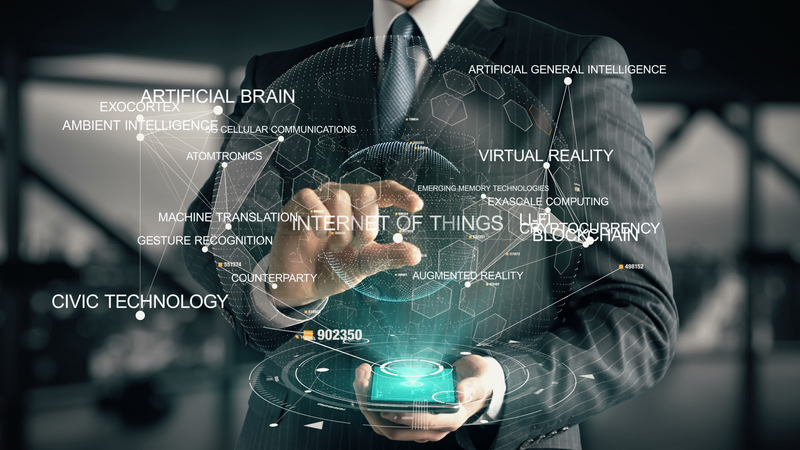ATD Blog
A Smarter Way for Learning Pros to Embrace Emerging Tech
Wed Mar 27 2019

Learning is critical for companies to remain competitive, to keep up with innovation, and to win in the world of business. This means learning leaders need to ditch old ideas in favor of more exciting development challenges that guide individuals and teams to use new technologies that can support the company and build relevant collective shared knowledge.
Learning professionals need to understand the workings and implications of emerging tech, recognizing that workplace learning is critically different than classroom-based learning. For instance, many varieties of learning are going to be called for, from memorization of mission-critical safety and security protocols to experiences with vision-busting simulations in virtual reality, and everything in between.
But there have been so many new learning technologies over the past decade, it tends to make our heads spin. Each year we are confronted by emerging technologies at conferences and in industry publications, including 3-D printing, artificial intelligence (AI), augmented reality (AR), big data and analytics, cloud computing, the Internet of Things (IoT), mobile learning, personalization algorithms, robotics, virtual reality (VR), and wearables. Other information and communications technologies (ICT) that are emerging over a 10- to 20-year timeframe and will likely impact learning in the longer term include affective computing, ambient intelligence, bioelectronics, a redesigned Internet, human-machine symbiosis, neuroelectronics, and quantum computing.
Given that the evolution of emerging technology is accelerating, how do talent development and learning professionals keep up with what is new? How do we judge what is important for our organizations? How will we know something is not just a fad, but will change the way the world works forever? How can we plan for the near future in a world of constant change?
Indeed, when you’re in the middle of a period of rapid technological change, such as now, with no anchor points to hang onto in sight, it can seem overwhelming. To ease some anxiety, in Shock of the New, we present a framework for evaluating recent emerging learning technologies for the workplace that centers around six key evaluative perspectives:
Business
User experiences
Impact
Learning
Dependencies
Signals.
The first letter of each of these six perspectives forms the acronym BUILDS, which adds a positive spin. To apply the framework, there is a rubric of 30 questions—five per perspective—that you should consider when evaluating any emerging learning technology. For example, for User Experiences, a few of the questions are: “Who are the primary, secondary, and tertiary users, and how would each category of users employ this technology?” and “Is the technology supplying a high-polish end user experience comparable to consumer technologies that they may be familiar with and use at home?” Or, for Dependencies, which explores not only technical and infrastructure dependencies of an emerging tech but also organizational and personal dependencies, central questions are: “How secure is this technology? Do you have a strategy for handling users' private information? Do you have solid backup technologies and processes in place?”
While we realize we could be missing something or have failed to recognize an implication of adopting a technology that may show up in the next few years, that’s the nature of emerging tech and solutions. Changes in enterprises and learning technologies are inherently unpredictable, so at best, we can map out likely scenarios for the next five to 10 years. Beyond that, all bets are off.
No doubt, whenever change happens within an industry, it engenders a feeling of turmoil. Fortunately, things eventually level out and we experience a “new normal.” The reaction to the new, though, will be different for each individual, depending on the impact of the change on one’s life, one’s tolerance for change, and one’s ability to cope.
Learning professionals are no different from anyone else; they will have a variety of reactions to the disruptive times we are going through. And while it is true that your roles as learning and talent development professionals are rapidly changing, with the help of the BUILDS framework, you can look forward to important new missions in the evaluation, selection, implementation, and operation of a host of new learning technologies. What’s more, we hope it will help you to welcome change and new technologies—and thrive in the novelty and wonder of what is coming next.
You've Reached ATD Member-only Content
Become an ATD member to continue
Already a member?Sign In
